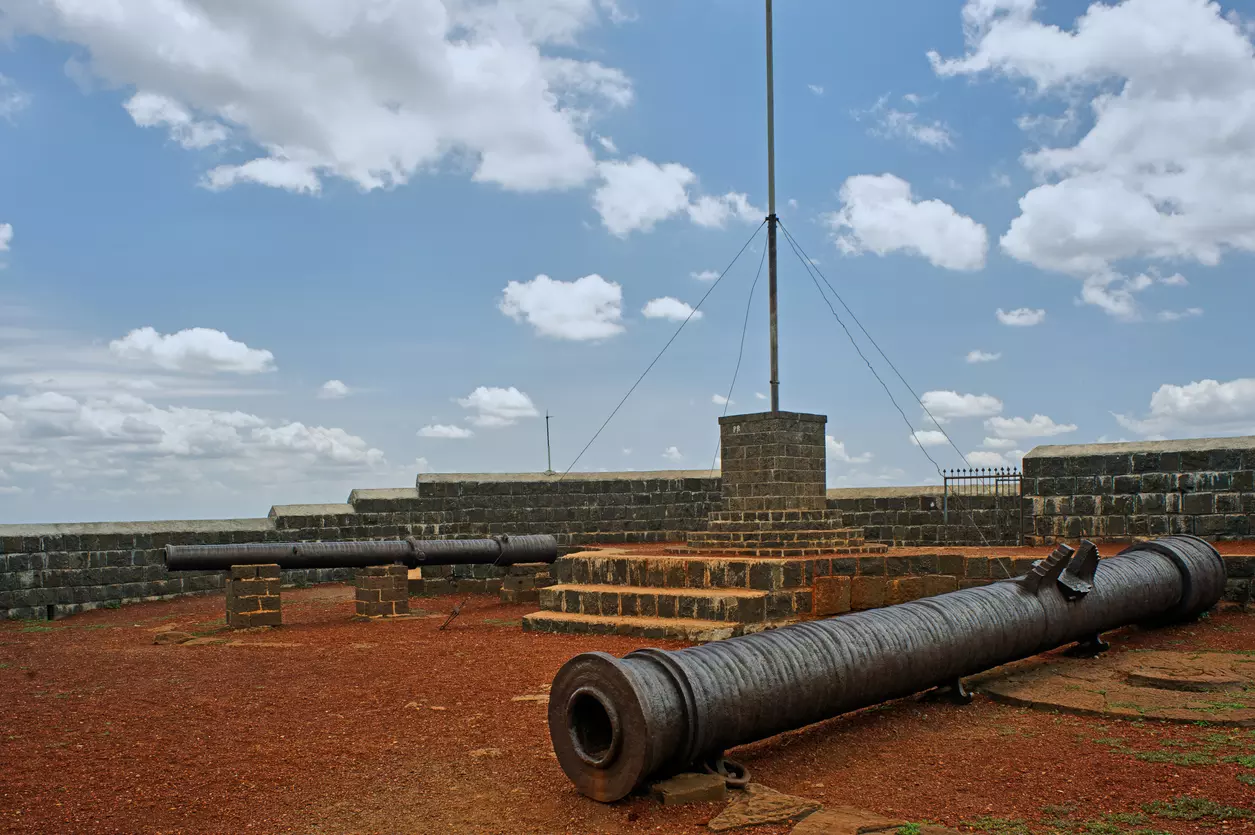
‘Look beyond Bengaluru,’ say experts as govt plans to develop Karnataka’s ‘neglected’ north
Officials admit that even after 67 years of unification of Karnataka, successive governments have failed to eradicate regional disparity in the state

An expert team is seeking rapid development of northern Karnataka to transform the vast widely backward region which is far removed from the more prosperous southern districts.
The vice-chairman of the State Institute of Transformation for Karnataka (SITK) strongly feels that Karnataka must go for a model that looks much beyond Bengaluru, the capital and a globally known IT hub.
Officials admit that even after 67 years of the unification of Karnataka, successive governments have failed to eradicate regional disparity in the state.
This has triggered mass discontent in northern Karnataka, whose people and leaders feel that they have been left much behind the rest of the state.
North Karnataka, with a population of 24,571,299, according to the 2011 census, accounts for 14 districts. Although drained by the Krishna river, it is economically poor compared to southern Karnataka.
Step-motherly treatment of north?
Various parts of North Karnataka, which were ruled by the Nizam before independence, joined the erstwhile Mysuru State during the state reorganisation in 1956. The region is less developed industrially, infrastructurally and agriculturally.
Compared to the southern districts, which include Bengaluru and Mysuru, there are fewer state and central government undertakings in north Karnataka. It is also poor in health and educational sectors.
All this has led to occasional calls for separation from Karnataka so that the region can get the status of a state and pursue a better economic trajectory.
Elected representatives from the northern districts blame a lack of political will for not ending the visible regional disparity in the state, where most chief ministers have come from Karnataka’s prosperous south.
Rajeev Gowda, a former Rajya Sabha member who heads the SITK, formerly the State Planning Commission, admits that the state economy is majorly lopsided and Bengaluru-centric.
“It is not easy to reverse this cycle. That’s why SITK emphasises the concept of thinking beyond Bengaluru,” he told The Federal.
Thinking beyond Bengaluru
“Besides thinking about backwardness indicators, it is important to apply our mind on the possible strengths so that we can find ways to bridge gaps and create opportunities locally,” Gowda added.
In 2021, the BJP government formed the Vijayanagar district in northern Karnataka. There is a cry to split Belagavi district into three: Chikkodi, Gokak and Belagavi. Likewise, some want Madhugiri district carved out of Tumkur district.
As many as 60 new taluks have been carved out of north Karnataka since 2017, apparently without creating basic infrastructure.
Earlier, a Congress government set up a committee to address issues of regional imbalance. It submitted a report in 2002.
But even after 20 years, the recommendations of the panel have not been implemented in letter and spirit. The agenda of the 10-day legislature session in Belagavi from December 4 is to discuss the backwardness of north Karnataka.
The Karnataka government is now seeking a way forward by adopting under-developed areas as Aspirational Taluks. Chief Minister Siddaramaiah in his budget 2023-24 allocated ₹3,000 crore for education, health, nutrition, gender equality and to eradicate poverty in these taluks.
According to reports, of the ₹30,000 crore spent from 2007 to 2022 under the Special Development Plan to develop 114 backward taluks, only 12.5 per cent went towards human development.
Overarching mission
“We want the Siddaramaiah government to articulate an overarching mission, like deputy chief minister DK Shivakumar’s ‘Brand Bengaluru’. The need of the hour is a unifying framework,” Gowda said. “That is what SITK is pushing for,” he added.
On Saturday, chief minister Siddaramaiah vowed to develop an industrial township, spread over 960 acres, to boost the economic development of the Kolar Gold Field region in the state’s north.
Does the state have the vast resources needed to dramatically develop northern Karnataka?
Gowda is confident: “Ours is a high-growth economy. Both can be managed by improving revenue receipts by plugging leakage in receipts and improving efficiency in collecting revenue through various departments.
“For bigger infrastructure projects the government has to opt for Public Private Partnership, Build-Own-Operate and Transfer models besides banking on Foreign Direct Investment. That is a new strategy for sustainable economic growth,” he said.

